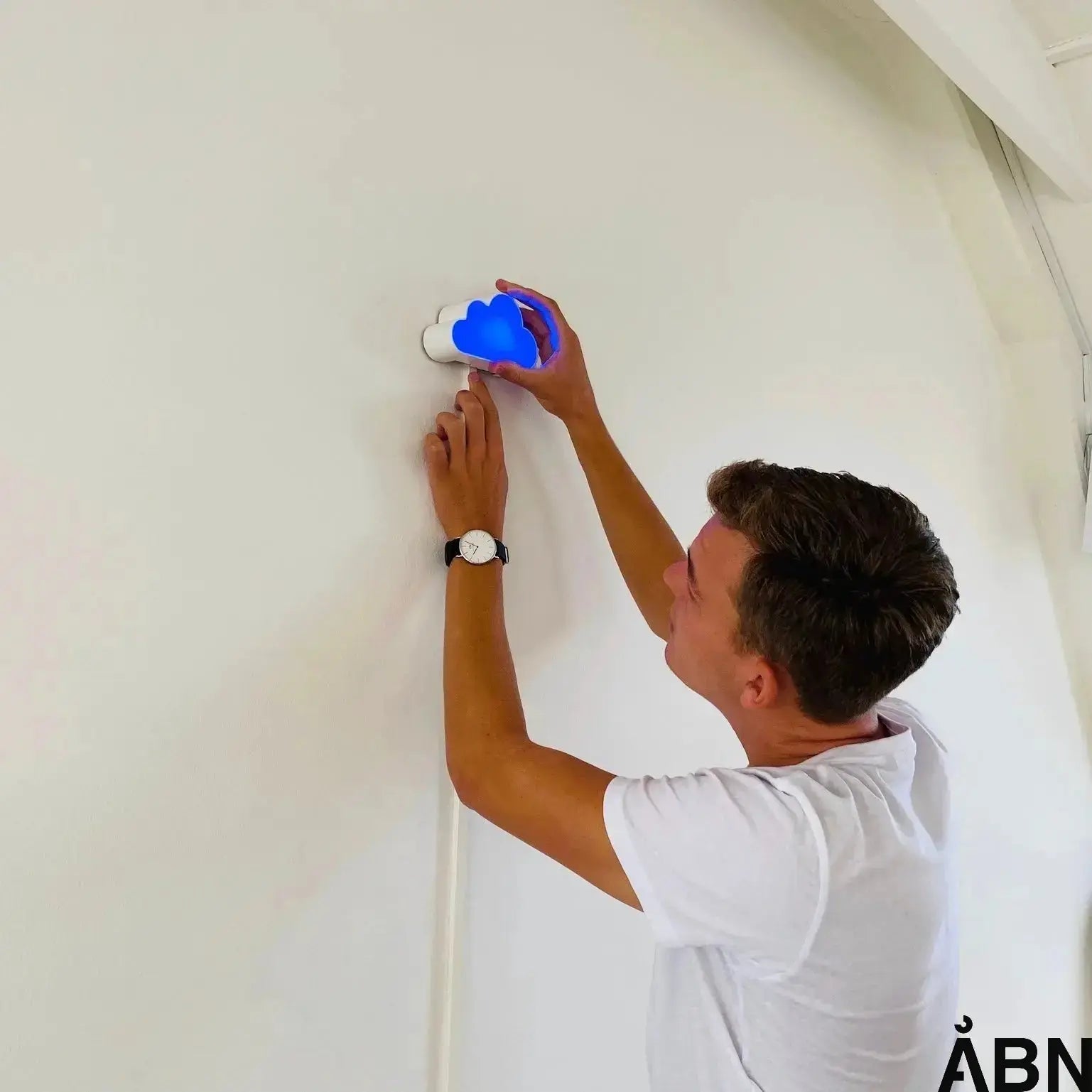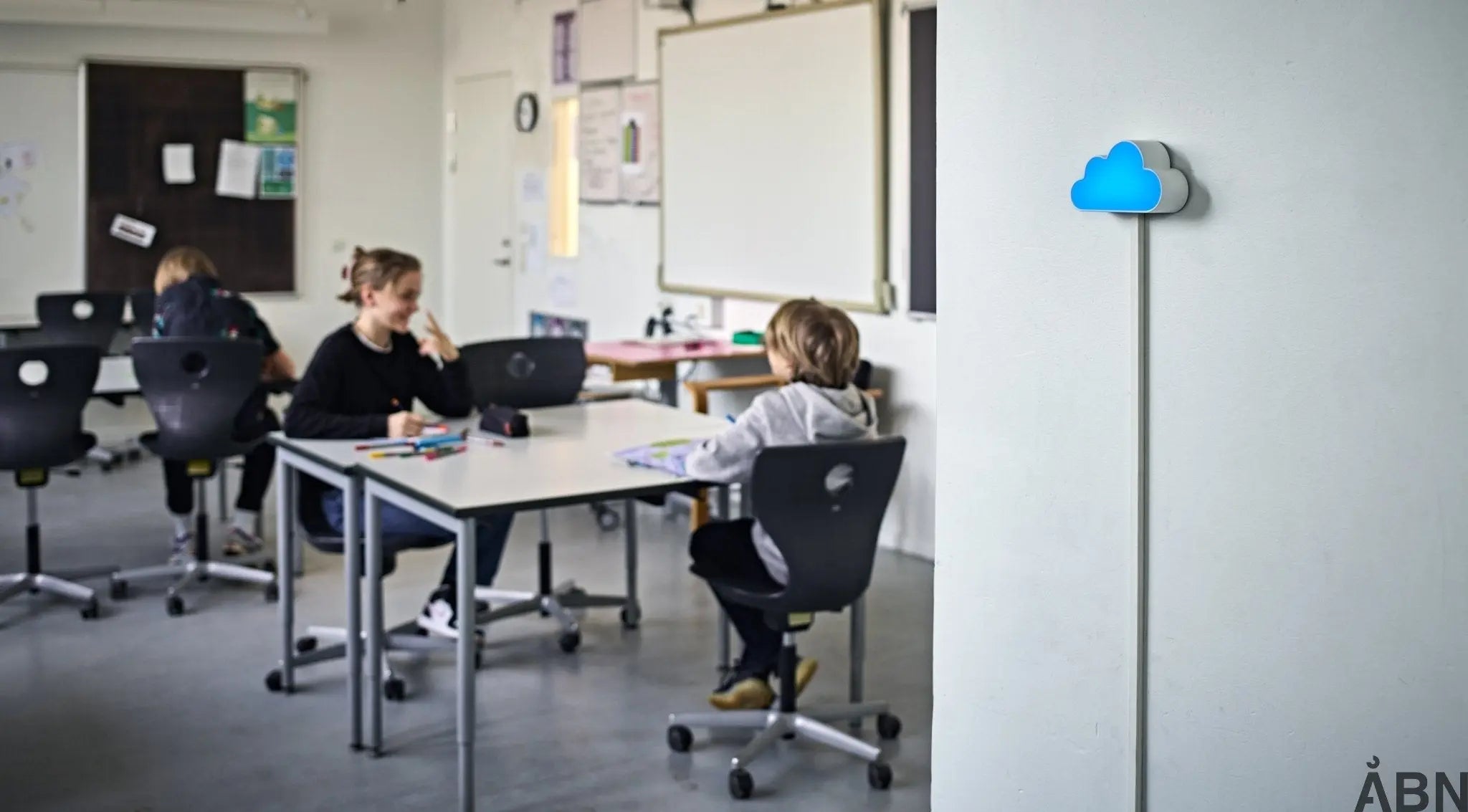A primary school – a learning factory with one purpose: to form and educate our children, our future, in order to maintain Denmark as one of the world's leading knowledge societies.
As parents, we send our children off to school every weekday, most of the day. In good faith about a safe environment for learning and education.
What we obviously don't know is that there is a 50% risk that your and our children are sitting in a classroom where the framework for learning and education is not actually there.
A recent study shows that in 50% of the country's primary schools the CO2 level exceeds 1000 PPM.
What does it mean then?
CO2 can cause problems in the form of headaches and confusion [1] . And when the CO2 level exceeds 1000 PPM, as it does in 50% of classrooms, there is therefore a greater risk of these nuisances occurring.
The 1000 PPM are the Norwegian Working Environment Authority's recommended limit values for when the air quality is insufficient. The nationwide experiment, the Mass Experiment, tested the indoor climate in 234 schools, divided into 709 classes where both researchers, teachers and students were involved.
Headaches and obscurity are not immediately the best cocktail for concentration and learning – as it should be in schools.
Does this not indicate that there are some serious dysfunctions in our learning factories - the schools? Yes, but...
The most shocking thing is that Mass Experiment has been repeated since 2009, every four years - and the air quality has not changed.
We repeat: The air quality in the primary school has not changed for 13 years...
Why? There are many reasons for this, but here we highlight one of them.
The employers' association TEKNIQ has carried out a study in which they ask parents whether they are aware of how bad the indoor climate in public schools is [2] .
The study shows that only 16% of parents know that the indoor climate in schools is bad. The rest have answered that it is good or that they do not know.
Shouldn't we make more demands then? Shouldn't the authorities take responsibility?
Yes... And no - because the authorities are actually making an effort. Just look at Faxe Municipality, which in February chose to take the lead and cover all classrooms in all primary schools throughout the municipality with SKYER to ensure frequent ventilation and a good indoor climate.
It is not enough for individual municipalities and politicians to take the lead.
It also requires us as parents to take responsibility and speak up.
We should demand that the schools not only 1) have a plan for how they will improve the indoor climate through renovations, but also 2) how they will improve it from tomorrow. How they will improve the indoor climate just a little while we wait for the year-long renovations which will lose the generations who are already starting their educations.
It is not hard. It's just about making more demands, and we should do that - for your sake, for my sake, but most of all - for your child's sake.
[1] https://www.sundhed.dk/borger/patienthaandbogen/sundhedsoplysning/indeklima/indeklima-oversigt/
[2] https://www.tekniq.dk/pressemädelingen/2022/januar/vi-har-alt-for-hoeje-tanker-om-vors-boerns-indeklima/









